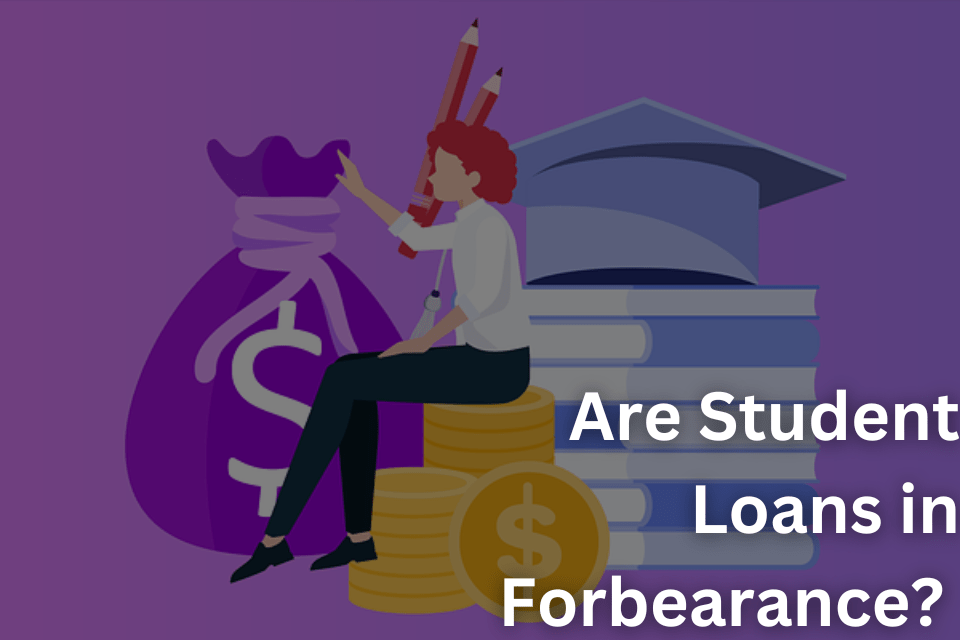Student loan forbearance is a temporary relief option for borrowers who are experiencing financial hardship or who are unable to make their loan payments. With forbearance, loan payments are temporarily suspended or reduced for a specific period of time. This can provide borrowers with some much-needed breathing room to get their finances back on track. However, it’s important to understand the potential impact of forbearance on your loans before deciding to use this option.
What is Student Loan Forbearance?
Student loan forbearance is a temporary relief option for borrowers who are experiencing financial hardship or who are unable to make their loan payments. With forbearance, loan payments are temporarily suspended or reduced for a specific period of time. This can provide borrowers with some much-needed breathing room to get their finances back on track. However, it’s important to understand the potential impact of forbearance on your loans before deciding to use this option.
How Does Forbearance Work?
Forbearance is a temporary relief option that is available to borrowers who are experiencing financial hardship or who are unable to make their loan payments. To request forbearance, borrowers must contact their loan servicer and provide documentation of their financial hardship. The loan servicer will then review the request and, if approved, will place the loans in forbearance. Once in forbearance, loan payments will be temporarily suspended or reduced for a specific period of time.
How Long Does Forbearance Last?
The length of time that a borrower’s loans are in forbearance will vary depending on the type of loan and the specific circumstances of the borrower. Some loan programs may offer forbearance for up to 12 months at a time, while others may have shorter forbearance periods. Additionally, some loan programs may allow borrowers to request multiple forbearance periods over the life of the loan.
What are the Consequences of Forbearance?
While forbearance can provide borrowers with some much-needed relief, it’s important to understand that there are some potential consequences to using this option. For example, interest will continue to accrue on the loan during the forbearance period, which can increase the overall cost of the loan. Additionally, some loan programs may require borrowers to make larger payments once the forbearance period ends in order to catch up on the unpaid interest.
Alternatives to Forbearance
While forbearance can be a helpful option for borrowers who are experiencing financial hardship, it’s important to explore all of the available options before deciding to use this option. Some alternatives to forbearance include loan consolidation, income-driven repayment plans, and loan forgiveness programs. Borrowers should contact their loan servicer to learn more about these options and determine which one is right for them.
Conclusion
Student loan forbearance is a temporary relief option that can provide borrowers with some much-needed breathing room when they are experiencing financial hardship. However, it’s important to understand the potential impact of forbearance on your loans before deciding to use this option. Borrowers should also explore alternatives to forbearance, such as loan consolidation, income-driven repayment plans, and loan forgiveness programs before making a decision. It’s important to contact loan servicer to learn more about these options and determine which one is right for you.

